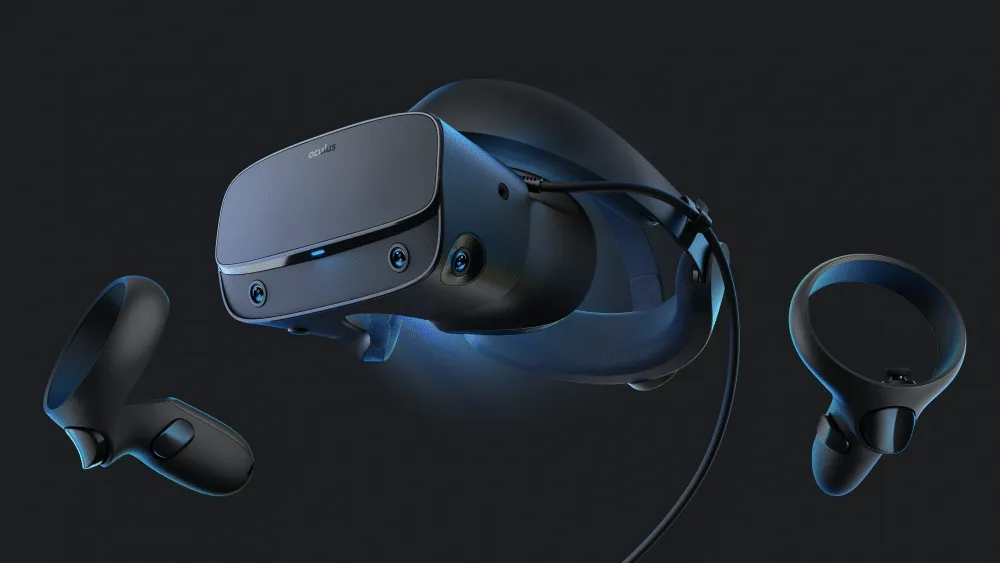Facebook’s new VR headset, Oculus Rift S, brings a lot of additions to the table. But it’s also taking away a few things over the original Rift. One such feature is the ability to adjust the interpupillary distance (IPD) mechnically.
IPD simply refers to the distance between your eyes. Everyone has different measurements and that can change how we all perceive the 3D effect inside VR. On the Rift, you could adjust the screens to your IPD with a slider at the bottom of the screen. On Rift S, however, Oculus is changing that up for a digital solution. But why get rid of the mechanical solution in the first place?
“Experience and cost are the two main trade-offs. Basically, when it comes down to it, ultimately what we decided to do is go with this LCD panel, single LCD panel,” Oculus VP of Product Nate Mitchell told UploadVR.
“So you need two screens to do the mechanical IPD adjust, so that wasn’t enough. You can do some things like we could have had an adjustment for the optics but what we’re going with a digital IPD adjust where you actually adjust the IPD in the settings and then we adjust the images on the screen.”
Mitchell suggested this option might be something you access on Oculus Dash. He also noted that this solution might not be “perfect for everyone” but, then again, neither was the original solution. “We actually have a problem with IPD adjust in that a lot of users don’t understand how it works, what it does, so often at times what they’ll do is set the wrong IPD anyway,” he added.
“Now, all that said, we still want to be supporting everyone,” Mitchell concluded. “Quest features IPD adjust, just on Rift S it ultimately didn’t make sense to include.”
Rift S launches this spring for $399.


























